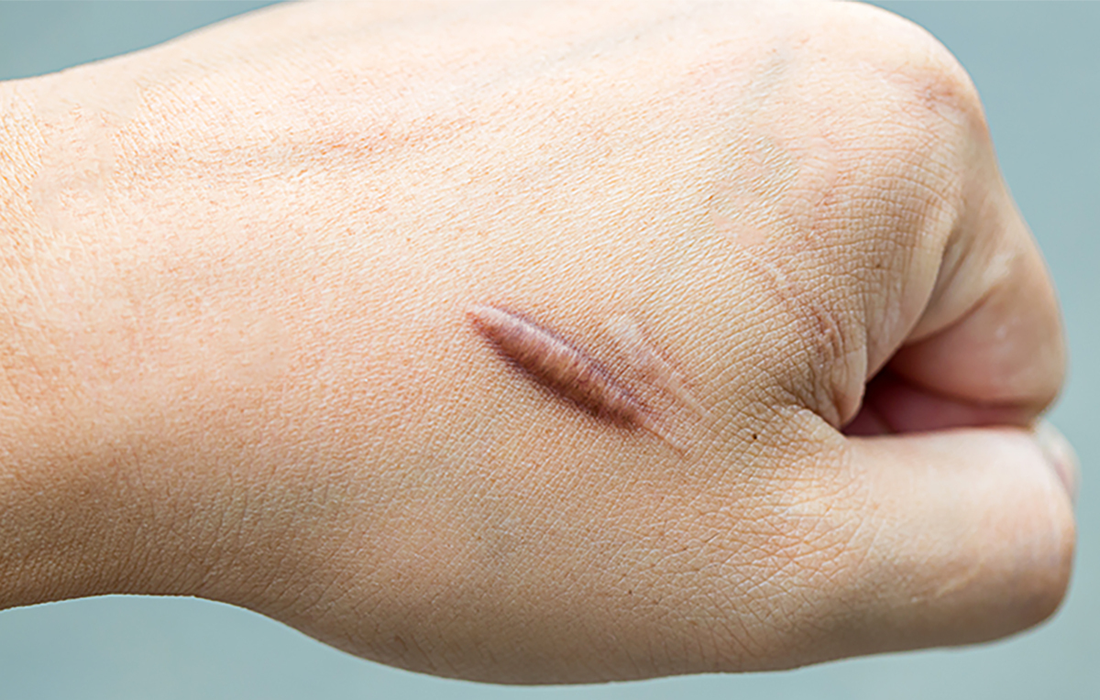Stem Cell Therapy for Specific Conditions
Stem Cell Therapy for Hypertrophic and Keloid Scars
Wounds to the skin are caused by mechanical, thermal, and chemical trauma. Scars are the normal outcome of wound repair and involve a coordinated inflammatory and fibrotic process. The scars normally remodel and become soft, flat, pale, and unobtrusive.
However, in some cases, scars do not resolve and chronic inflammation can cause excessive scarring that leads to abnormal types of scars, known as hypertrophic and keloid scars.
Hypertrophic Scars
Hypertrophic scars affect nearly one in five people who suffer from burns and the risk of scarring increases with the time taken to heal. They can also occur following incisional closure, after a surgical procedure. They typically appear within 2 months of injury.
Keloid Scars
Keloid scars impact tens of millions of people worldwide, and there is strong evidence of a significant genetic predisposition. In contrast to hypertrophic scars, they can appear much later post-injury and are characterized by extension beyond the original area of trauma.
In addition to cosmetic consequences, these abnormal scars can have functional implications including restricted mobility, pain, and pruritus.
Current Therapeutic Options
Strategies aimed at scar growth suppression include topical treatments such as retinoic acid, imiquimod, and corticosteroid injections. However, they tend to demonstrate only short-term efficacy.
Another commonly used therapy is surgery, which is mainly focused on scar excision, but with a very high recurrence rate whether used alone or in combination with depot steroids.
The lack of therapeutic efficacy has led to the search for innovative methods to treat these types of scars. One of these different approaches is the use of cell-based therapies such as mesenchymal stem cells (MSCs).
Using MSCs
Multiple studies have evaluated the use of mesenchymal stem cells for the treatment of hypertrophic and keloid scars.
In a systematic review, researchers found a total of 11 studies that included 156 subjects treated with MSCs or MSC-conditioned media. In all of the studies, no significant complications were reported.
All studies assessed wounds in terms of macroscopic appearance and histology with most including immunohistochemistry. The gross appearance was evaluated in all studies using high-resolution photography, and all studies reported positive improvements in various measured parameters in the MSC-treated group compared with controls.
Eight studies reported reduced scar hypertrophy in the MSCs treated group when compared to the control groups. One study evaluated keloid size and found greater scar shrinkage following the treatment.
All studies reported reduced collagen deposition and reduced collagen contracture in the MSC-treated group compared with controls. All studies reported reduced scar tissue height and hardness.
Source:
Bojanic, C., To, K., Hatoum, A. et al. Mesenchymal stem cell therapy in hypertrophic and keloid scars. Cell Tissue Res 383, 915–930 (2021).
https://doi.org/10.1007/s00441-020-03361-z
Image from:

